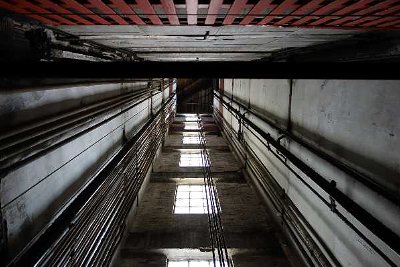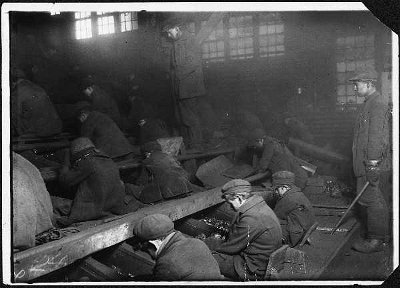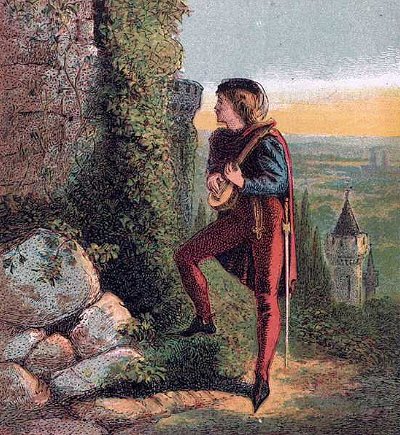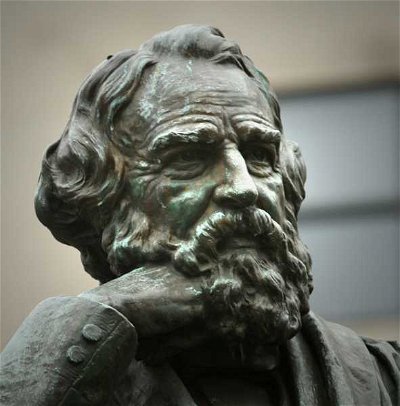3. When a man went into a barber shop, what could he ask the barber to use, to shave him, that's NOT offered as a standard service anymore?
From Quiz Obsolete Jobs
Answer:
straight razor
With a warm moist towel to soften the skin first, a carefully stropped blade, a steady hand, and an astringent aftershave afterwards, a straight razor shave can be a relaxing experience. Men who lived in town and didn't like shaving themselves might go over to the barber's shop a few times a week, and the close straight razor shave would keep them looking good. I had a friend do it to me and really enjoyed the relaxing aspect, but fewer commercial barber shops offer it, due in part to fear of spreading blood-borne diseases, and also due to the fact that disposable blades make shaving oneself easier, so men don't need to pay for shaves anymore - and of course there are now electric shavers. One imagines men with long beards in the old days, but in typical US/British fashion, clean-shaven faces were the norm for decades or centuries up to the 1860s, then beards returned from the turn of the 20th century to the hippy era.
 Thinking of changing careers? The development of newer technology constantly reshapes the tasks and skills that are required in the workforce. Let's take a quiz and revisit some once popular jobs that are the today's obsolete occupations.
Thinking of changing careers? The development of newer technology constantly reshapes the tasks and skills that are required in the workforce. Let's take a quiz and revisit some once popular jobs that are the today's obsolete occupations. 










 Quick Question
Quick Question